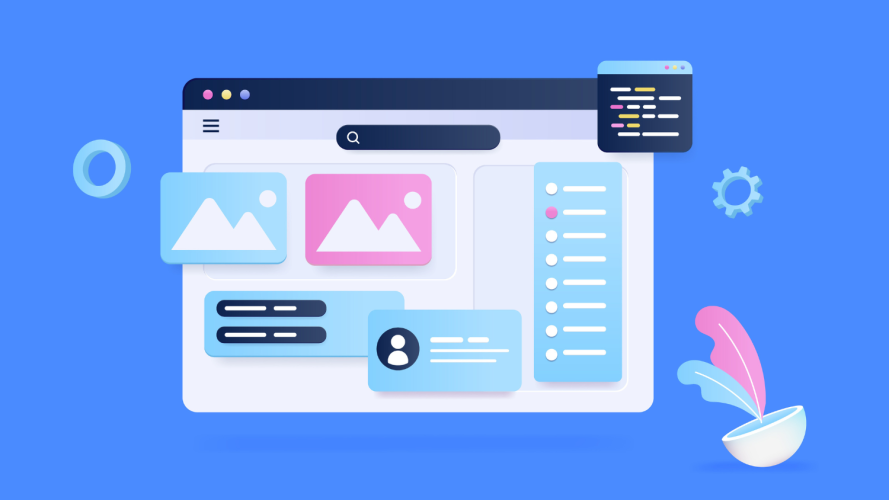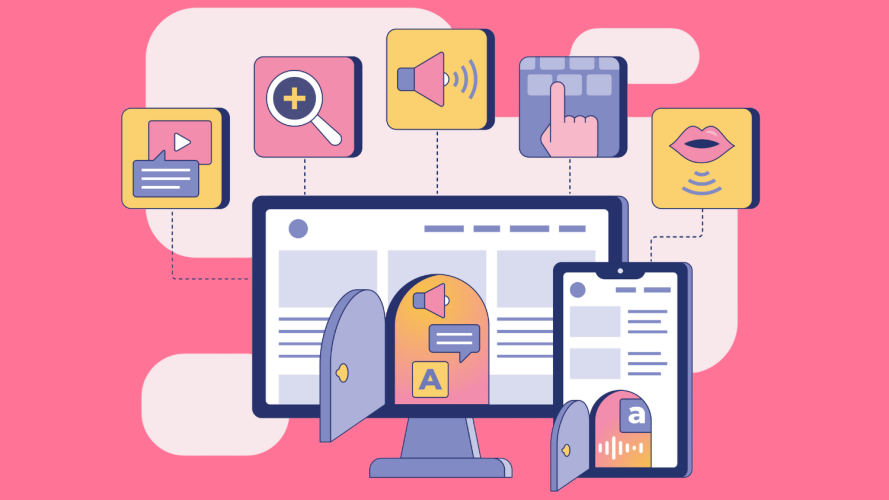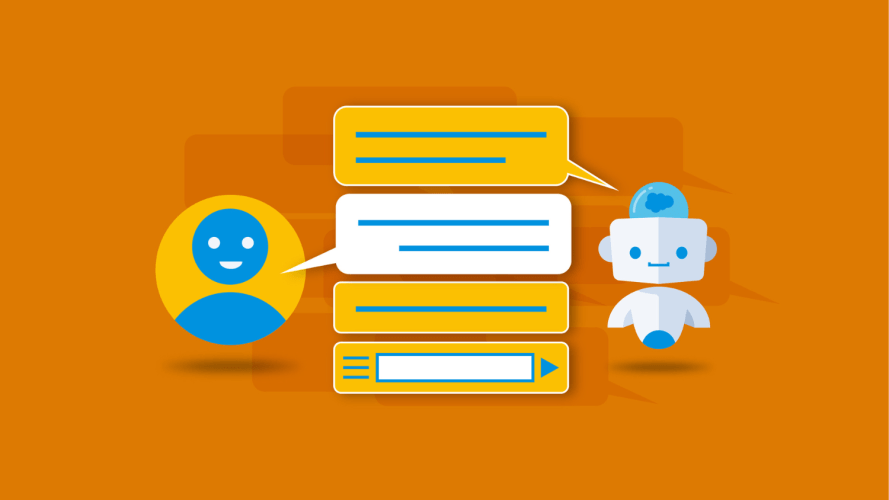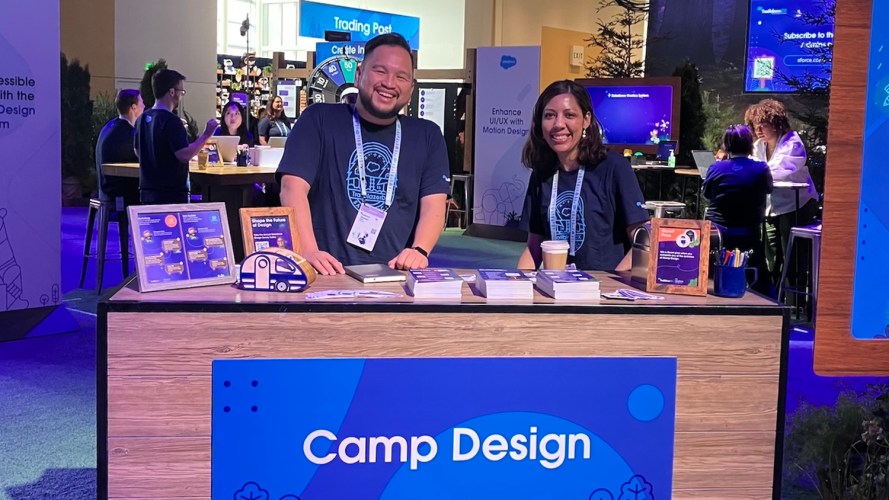4 Ways Design Helps Fundraise for Your Nonprofit
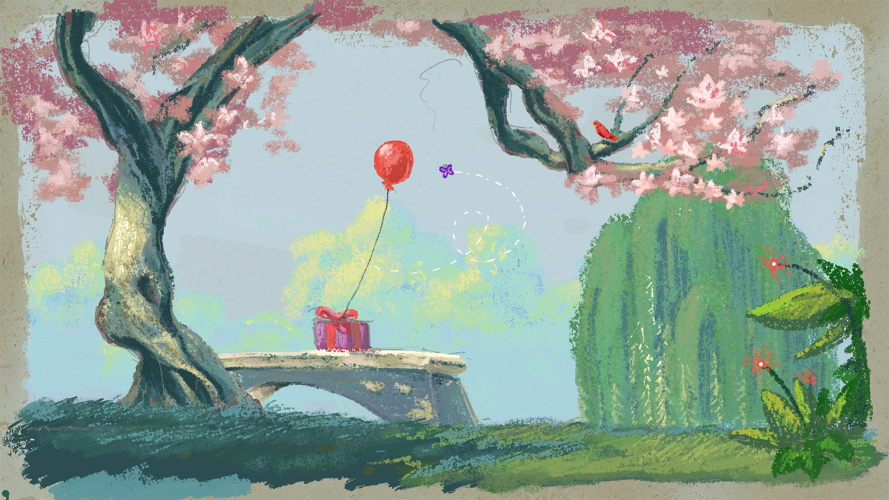
Engaging donors is nuanced work. Your technology tools should make it easier.

James Brush
Fundraisers oversee a cascade of responsibilities. To do their jobs well and to engage with donors meaningfully, they need to be able to manage information and relationships efficiently. Salesforce launched the Fundraising for Nonprofit Cloud to help fundraisers nurture those relationships and scale their programs. But, to design for nonprofits requires unique considerations and the stakes are high. Let’s talk about how we navigated and addressed those needs.
Nonprofits juggle resource constraints
We first had to understand the range of challenges fundraisers face. For example, they want to make sure to send thank-you notes for donations with the correct amounts. They want to honor what can be complex donor preferences, including how to address individuals in the same household, how to manage relationships with high-net-worth donors who may have legal teams, or how to handle gifts of land or stocks.
Each instance triggers a different set of actions. Our design for nonprofits, therefore, has to respond to myriad needs. We also had to consider a few other key constraints:
- Limited staff and volunteers. Many organizations typically have one person performing multiple activities, each composed of numerous sub-tasks across disparate contexts. Larger organizations may have larger teams in dedicated roles, but more doesn’t always equate to easier or more efficient. Also, volunteers come and go, which puts additional strain on staffers.
- Everyone has a different comfort level with technology. Technology platforms aren’t always easy or intuitive to use. When people aren’t able to use technology as intended, they create workarounds. Or, they resist adopting the technology. Then, you get a situation where there might be a wide range of analog (paper) and digital tools or practices that hinder productivity and growth. That leads to people devising their own methods, abandoning others, and propagating bad habits.
- Fundraising requires strong donor relations. Nonprofits exist to advance causes and support communities in need. In order to secure the funds to build, staff, and grow programs, fundraisers need the right tools. They need to make the right connections, nurture those relationships, understand donor capacity, and know when and how to make an ask.
How do you design for nonprofits?
Fundraising for Nonprofit Cloud helps helps fundraisers to gather the right information to share with donors and delivers a comprehensive view of how a nonprofit is tracking toward their mission goals and impact. We included design elements that help establish narrative structures across the complete arc of fundraising, programs, grants, outcomes, and impact. It’s presented in a way that users can tap into from any angle.
To get to our solutions, we used a human-centered approach. We partnered with nonprofits to learn about their needs, frustrations, and how they use technology. The insights we gathered translated to design choices that make it easier for people to use Salesforce to accomplish their fundraising goals. Here’s what drove our design:
Speak the language of users
We worked with our content experience team to ensure the language of the interface is approachable, friendly, and appropriate. When you design for nonprofits, you have to understand the users and they need to understand how to navigate the platform.
For example, using source codes is a common method for tracking conversion rates. Previously, implementing source codes meant having partners create custom objects and configurations. They were always an add-on. We’ve simplified this process: users can now create source codes themselves and connect them to campaigns. Design for nonprofits is about focusing on the fundraiser’s perspective in our design choices.
Create space for focus
For fundraisers who may be juggling multiple roles, we designed apps that allow them to complete immediate tasks and have visibility across functions in the system. This means if they’re in one stream completing gift entries, they can also navigate easily to campaigns to get the outreach status of a given donor. To reduce cognitive load, we designed screen interactions to use progressive disclosure so that information appears gradually.
Automate repetitive tasks
Nobody wants to spend their time doing repetitive tasks – especially when there’s so much other work to do. So in Fundraising, we added autocomplete for forms, and we simplified the setup process with group policies that are activated by a single control in one place. All to make sure fundraisers don’t have to spend their time doing draining, repetitive tasks.
Deep linking supports non-linear workflows
We use an interactive element called deep linking to connect as much related information as necessary from across the entire product interface. With deep linking, a user can build a full narrative about what’s happening with any given donor and it empowers fundraisers to plan holistically and track their organization’s impact.
Having this understanding about the interconnectedness of efforts helps with planning and tracking impact. Deep linking flattens the hierarchy – similar to how we navigate the internet. Ultimately, this design can help scale fundraising in undiscovered ways.
Better design empowers stronger storytelling
Nonprofits globally face immense pressure to solve intractable problems. To get the resources they need, fundraisers have to weave data into compelling narratives that can engage donors. If they can capture their hearts, the funds will follow.
Storytelling, by the way, was useful as we built this product. We used an internal podcast to share the “why” behind each product decision. By sharing insights from our product managers, solution engineers, and solution architects, we created a bank of knowledge and resource materials that have help our extended teams to better support end users.
Fundraisers commit themselves to mobilizing citizen philanthropists to change the world. The technology we design for nonprofits shouldn’t get in the way of that; it should lead to deeper trusted relationships and more profound impacts.
Nonprofit fundraising
Build lasting relationships with all supporters. Explore Nonprofit Cloud.







